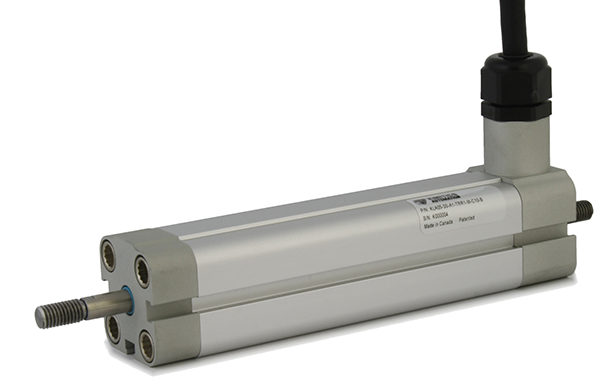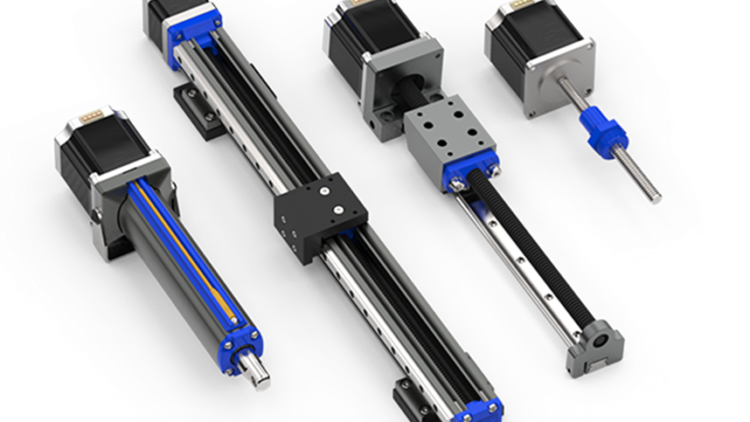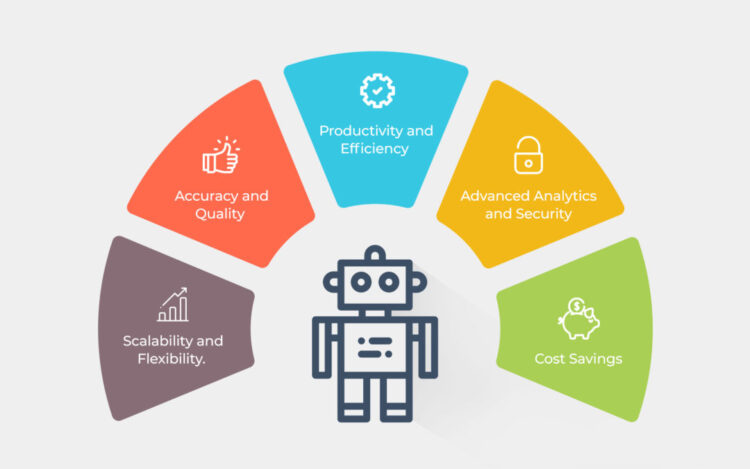We all know that actuators are widely applied in cars, and the newest car models completely rely on the precision and accuracy of the actuator movement in their systems. However, what about car production?
The automotive industry is one of the most demanding. All the processes shall comply with top safety requirements. Only in such case, a car will be safe to drive. Thus, linear actuators are the base for the automation of most industrial processes.
The automotive industry relies on many types of actuators:
- Heavy-duty huge actuators;
- Mini-actuators;
- High-speed microactuators.
The main benefit is taken though from high-speed microactuators because they can perform some processes that are too difficult for a human or require too many efforts and attention. You can learn about the main types and features of these actuators here.
Where Actuators Are Applied

The turning point in the development of the automotive industry was the introduction of robots in industrial processes. The robots now replace people in many places. They can work day and night, perform repetitive procedures perfectly, and they almost do not need supervision. They work based on a specific algorithm. If the algorithm, is developed correctly and all the components are functional, error rates are minimum of absent. Linear actuators are the mechanisms that make the robots move:
Actuators are used in robotic arms: they make the arm of a robot move. Linear actuators allow the robotic arm to move faster. One more benefit of linear actuators is the precision of movement. If you program the movement distance with top precision, you can be sure that the arm will move at the indicated distance. The size of actuators applied in a robotic arm depends on the size of the tool itself. Huge industrial actuators as well as high-speed micro-actuators can be applied.
- Conveyor belts: these elements are irreplaceable in any automated processes. Conveyor belts move thanks to actuators;
- Robotic weld guns: the primary application for the robot was in welding. for one car, many welds shall be performed. All the welds require top precision and accuracy. These procedures are repetitive. Thus, they can be perfectly done by a robot. A robotic welding gun is applied widely in all the car manufacturing facilities for welding purposes.
- Autonomous robots: their application is still limited. In the automotive industry, we can speak about autonomous robots mostly in the case of the newest car models. However, this trend is still to be implemented in industrial procedures.
Why Linear Actuators Are the Best for Automation Purposes
Robots can perform different functions in industrial automation. All those functions are interconnected and jointly lead to positive results in all the aspects. Thus, we are going to talk about every aspect of industrial automation and will check which influence linear actuators have on it.
Technical Benefits
Linear actuators are the best for automation due to some technical benefits that they provide:
- They are maintenance-free. All the parts are pre-lubricated. Thus, once installed, they work during the entire service period;
- Linear actuators can deliver high-speed motion. Thus, robotic arms increase efficiency and can work on the fastest conveyor belts;
- Linear actuators provide top movement precision. They move exactly at the distance they are programmed to;
The size of a linear actuator might vary from several meters to several millimeters. This diversity allows to use them in all types of applications; - It is very easy to program an electric actuator. This is one of the major benefits of the robotics used for automation procedures.
Regulatory Compliance and Automotive Automation

Robots work based on specific algorithms. A robotic arm, for example, cannot skip some movement of a procedure because it got tired or forgot about the procedure. Thus, once you program a robot to perform specific actions, he will do it without breaking the rules. You can be confident that all the products are compliant with any rules. All you need to do is to program the robot and to control that all its components function properly.
Monitoring and Analysis Are Performed Accurately in Real-Time Mode
Robotic mechanisms can send the data directly to the analysis instruments. There are no delays and no subjective opinions. Everything is based on real-time facts. Thus, analysis and monitoring become top-effective.
Automation also allows us to adjust the work of robots based on external factors: demand for specific tools or elements, etc.
Eliminate the Need in Paper Documentation and Remove Bureaucracy

Ok, you still can use all those piles of papers, but you don’t have to do it. All the data used for robots have digital form. You can transfer all your physical data in a digital form, too. If you are ready, you can eliminate all the papers.
Digital data provide much more convenience:
- You can search for the needed information fast;
- You save a lot of space in your office;
- If you have a proper backup option, you will not lose a single document;
- Finally, digital information is much more environmentally friendly compared to information stored on paper.
Communication Efficiency Enhances
Now, the major manufacturing and R&D facilities are not concentrated in one city or even in one country. Thus, communication between different facilities might become an issue especially if languages are different. Robots perform their actions independently on a language.
Special software robots also have such a feature as language recognition. They can detect the language, translate simpler messages, and even reply to emails.
Will Automation Eliminate Human Labour?
In some cases, it is already done. When it comes to laborious, repetitive, or dangerous procedures, robots are applied. It is expected that with time, and with the development of the robotics, more processes can be taken up by the robots.
However, it is still too early to speak about a complete replacement of humans by robots. Robotic mechanisms are good indeed in performing repetitive tasks that can be programmed with top precision level. Though those tasks that require a creative approach or non-standard decisions still require the attention of a human.
 Hi Boox Popular Magazine 2024
Hi Boox Popular Magazine 2024



